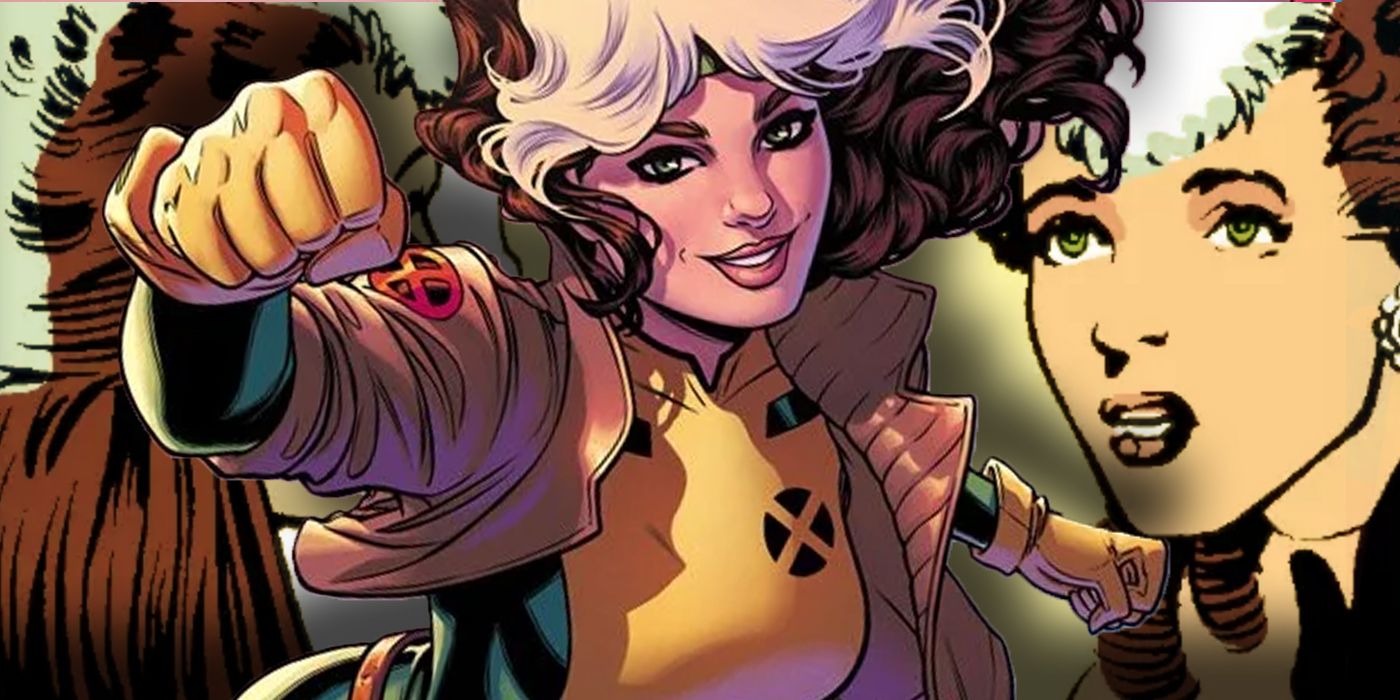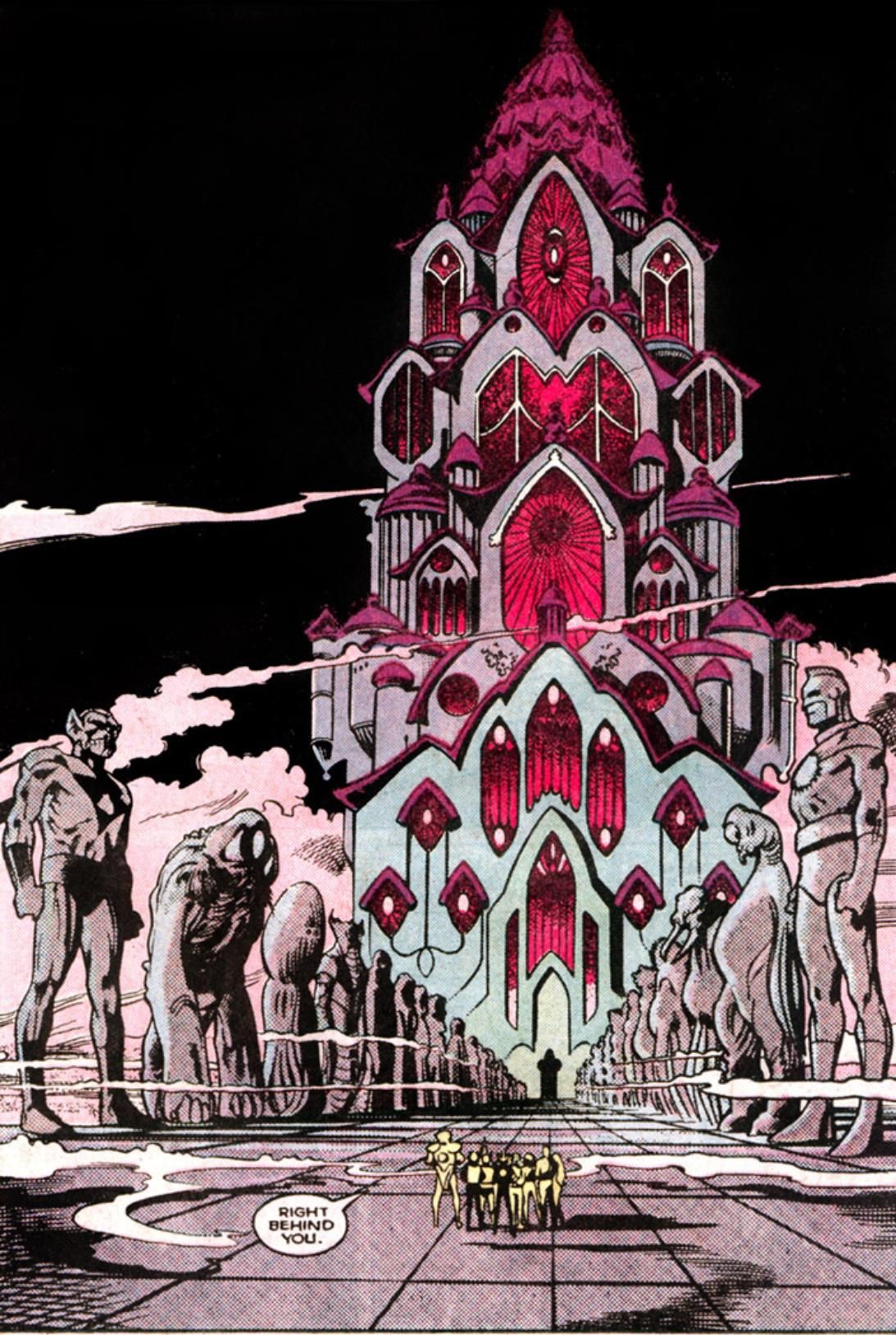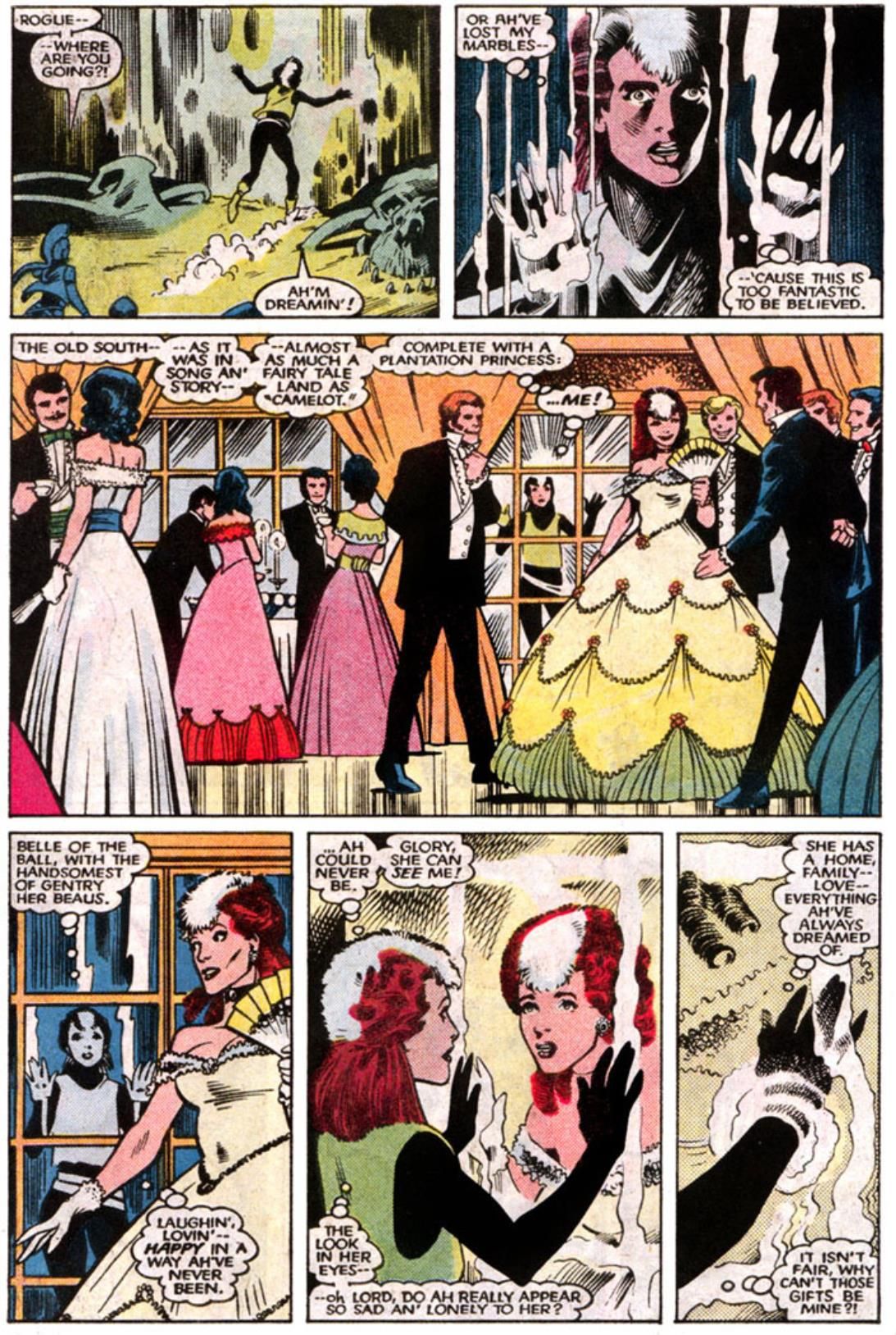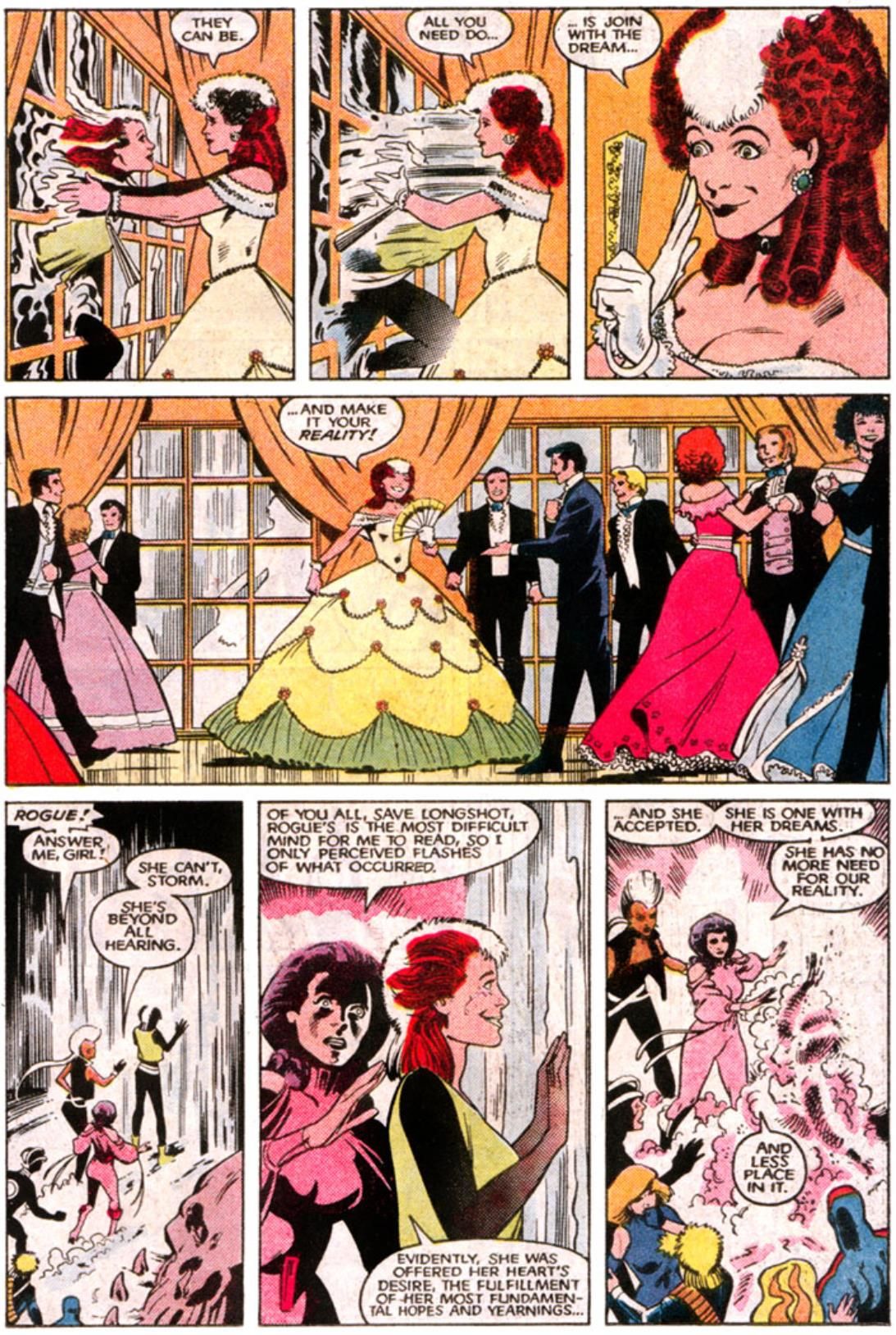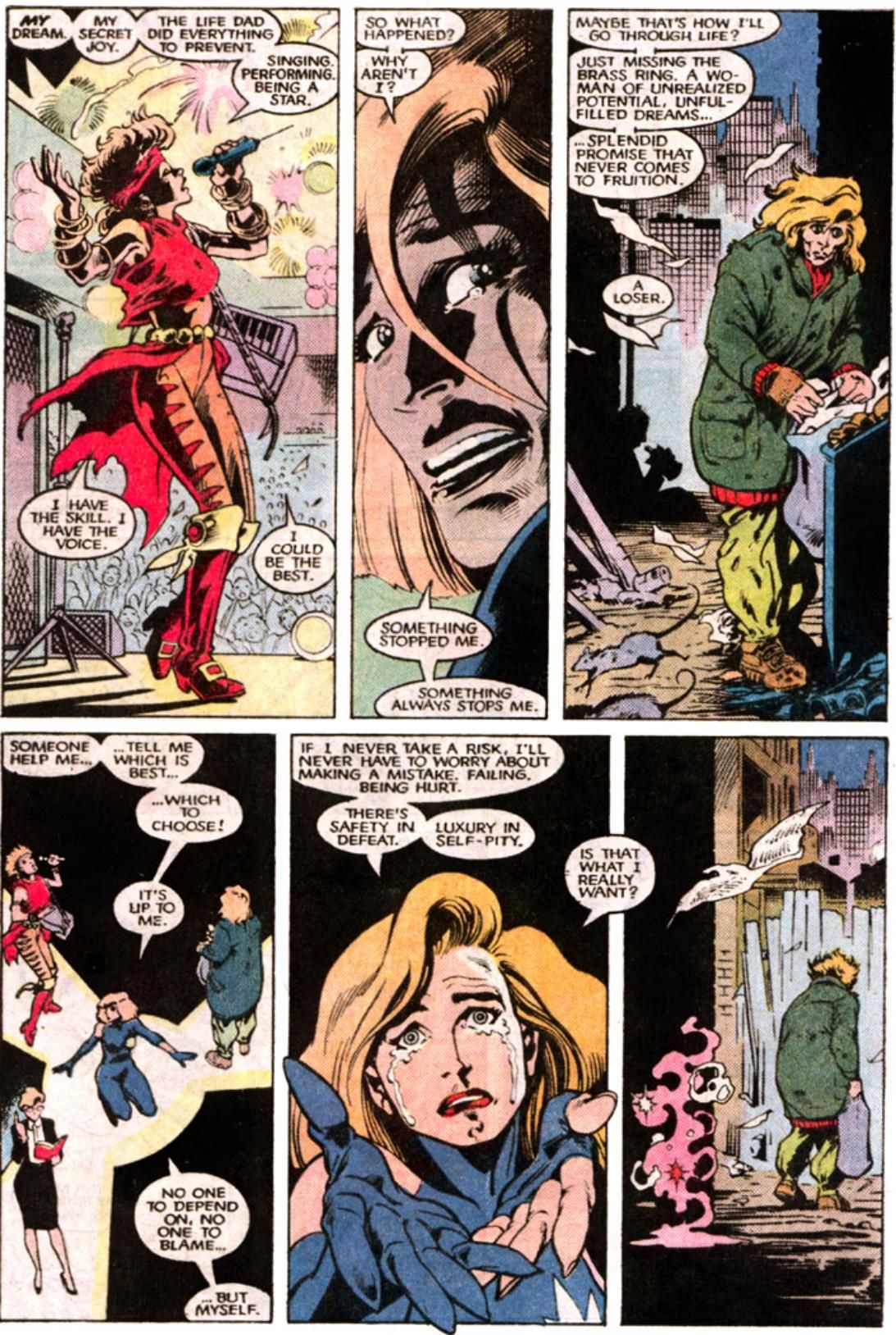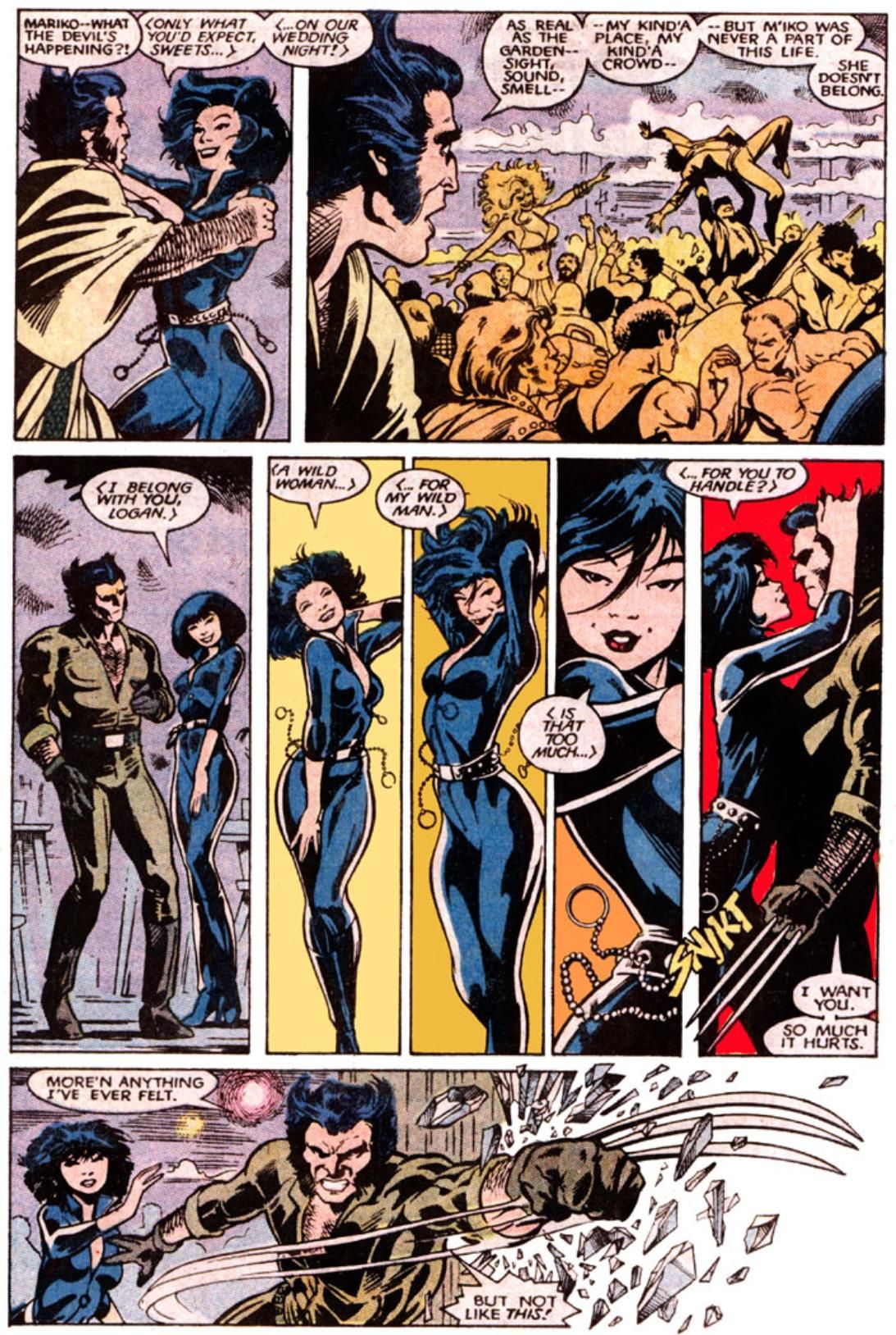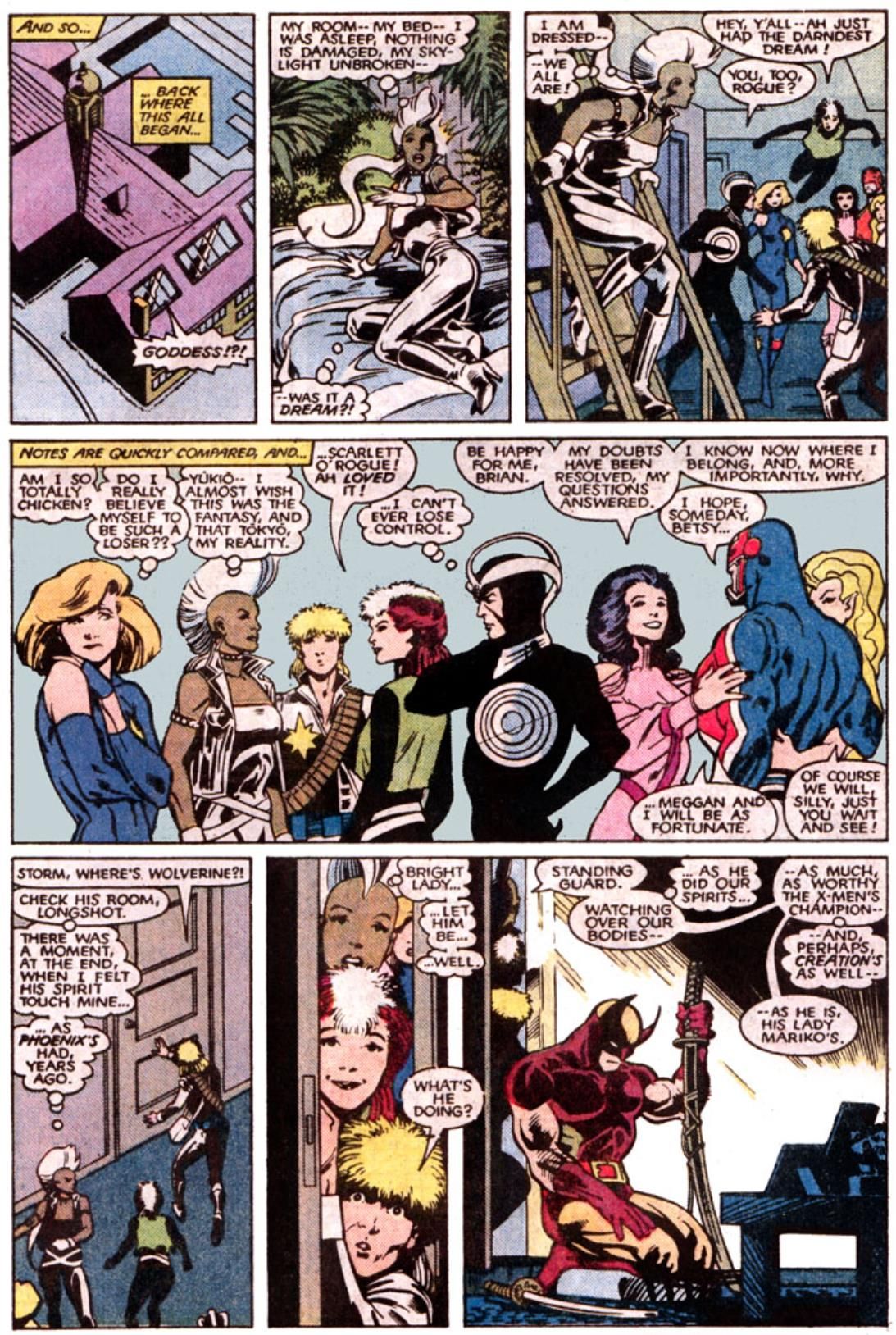Today, we look at the time that Rogue of the X-Men showed what her idea of a "perfect life" was and it was more than a bit ill-informed of her.
In Remember to Forget, we spotlight comic book stories that I wish I could forget, but I can’t, so I instead share them with you all, so you're stuck in the same boat as me!
HOW CHRIS CLAREMONT CHANGED TEAM DYNAMICS FOREVER
As you may or may not know, one of the aspects of the so-called "Marvel Age of Comics" was that Marvel's heroes were a lot more realistic as human beings than the DC superheroes of the era. The Fantastic Four famously bickered like crazy in the early issues of the series (the team seems to break up every other issue due to fights) and Spider-Man, for instance, constantly had drama in his life, from girl trouble to money woes to health problems with his beloved Aunt to his fear of his greatest foe, Fancy Dan).
However, Chris Claremont took things to a whole other level with the All-New, All-Different X-Men. Team books are often difficult because characters appear in other titles and that limits what you can do with the characterization of the team members. That was one of the reasons why Stan Lee decided to have Avengers become a book with Captain America and three new members (Hawkeye, Scarlet Witch and Quicksilver), as they would be ONLY Avenger heroes unlike Iron Man, Thor, etc.
With the X-Men, though, Claremont's predecessor on the book, Len Wein, famously killed off a member of the team right away, with Thunderbird dying in X-Men #95. This was a sign that the book could truly do ANYthing with the characters and Claremont embraced that idea. He was able to introduce conflicts that other books couldn't really do and soon every other superhero title was trying to get its own version of the Claremont X-Men (and one of them, the New Teen Titans, was a huge hit, too, following a similar approach).
It is wonderful seeing a comic book that is willing to show the BAD side of heroes, as well, so long as they're also still heroes in the end, ya know? That all came to play in the excellent X-Men Annual #11 by Claremont, Alan Davis and Paul Neary in 1987.
THE X-MEN GO ON AN IMPOSSIBLE MISSION
Wolverine is trying to get wasted as it is the anniversary of the time that his love, Mariko, stood him up at the altar. However, his healing powers make it very difficult to achieve a perfect drunken state. He makes it home, waking up the X-Men and a visiting Captain Britain and Meggan (who are visiting his sister, Psylocke). The heroes are then interrupted by a powerful being known as Horde who is forcing them to procure him the Crystal of Ultimate Vision, which is within the Citadel of Light and Shadow and no one has ever been able to get through it...
The X-Men soon find out that the reason why no one gets through the Citadel is because it has a unique way of trapping people.
ROGUE MAKES A STRANGE CHOICE
What happens is that the citadel will present you with a vision of your perfect life. This is too much for people to turn down and then they get trapped within the citadel forever. This leads to the problem here, as Rogue's vision of a "perfect life" is basically being Scarlet O'Hara...
You know, being a Southern Belle...before the Civil War....back when, you know, people OWNED OTHER PEOPLE. It's a really bad look for Rogue, as the BEST argument for her is that she's, what, too stupid to get that aspect of the Pre-Civil War South? Obviously, Gone With the Wind HAS been romanticized over the years, but it's still a bad look for Rogue.
She, of course, falls for it...
Obviously, the other angle is that in this perfect life, Rogue can touch others and be touched, and that aspect is totally fine. THAT'S a perfect life that you could easily see Rogue falling for. But heck, you could just show her in a normal relationship with the ability to touch others and THAT would have been her perfect life. It was an odd choice to go for the Pre-Civil War South approach.
DAZZLER'S CHOICE IS SURPRISING, AS WELL
Better, though, is Dazzler, who is given three options, a success as a singer, a success in the field of law or a bag lady, who doesn't have the pressures of either of the other two and Dazzler sadly chooses the third option...
THAT'S the sort of dark take on a character's mind set that works really well that doesn't involve slavery in any way. Like Psylocke deciding she'd rather be an unfeeling robot.
WOLVERINE SAVES THE DAY, BUT ROGUE HAS NO REGRETS
Wolverine is offered a life with Mariko, with Davis and Neary drawing the sexiest Mariko ever, but Wolverine is able to break free and save the day through a bit of deus ex machina (Horde kills Wolverine, but before he dies, Wolverine's blood hits the Crystal, giving him control of it).
When we check in with the X-Men at the end of the issue, as Wolverine saves them all, Rogue is still talking about how great her vision was!
So, again, BEST case scenario is that she wasn't smart enough to understand why her vision of a perfect life had a major downside to it, but that is a sad take on the character, too, really. However, it's better than, "Oh boy, I sure do love my life built on owning slaves!"
If you have a suggestion for another comic book plot that is probably best forgotten (but it is fun to revel in how much we can't help but still remember it), drop me a line at brianc@cbr.com

